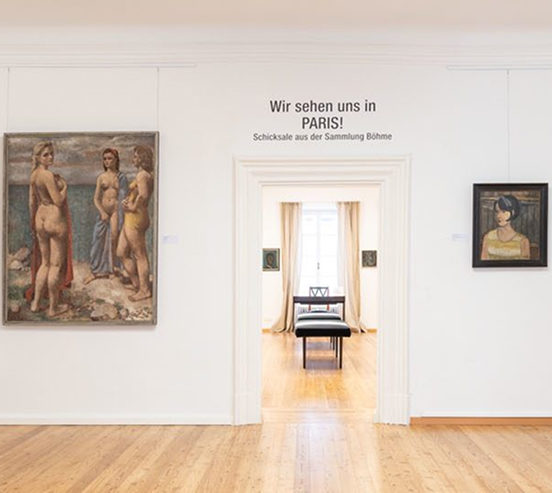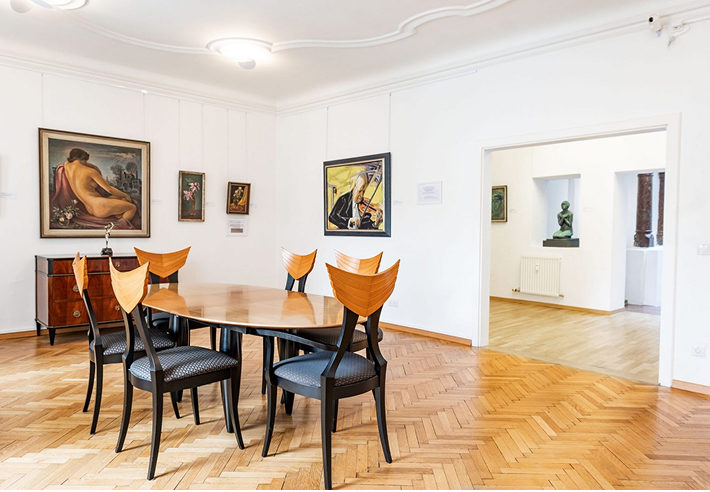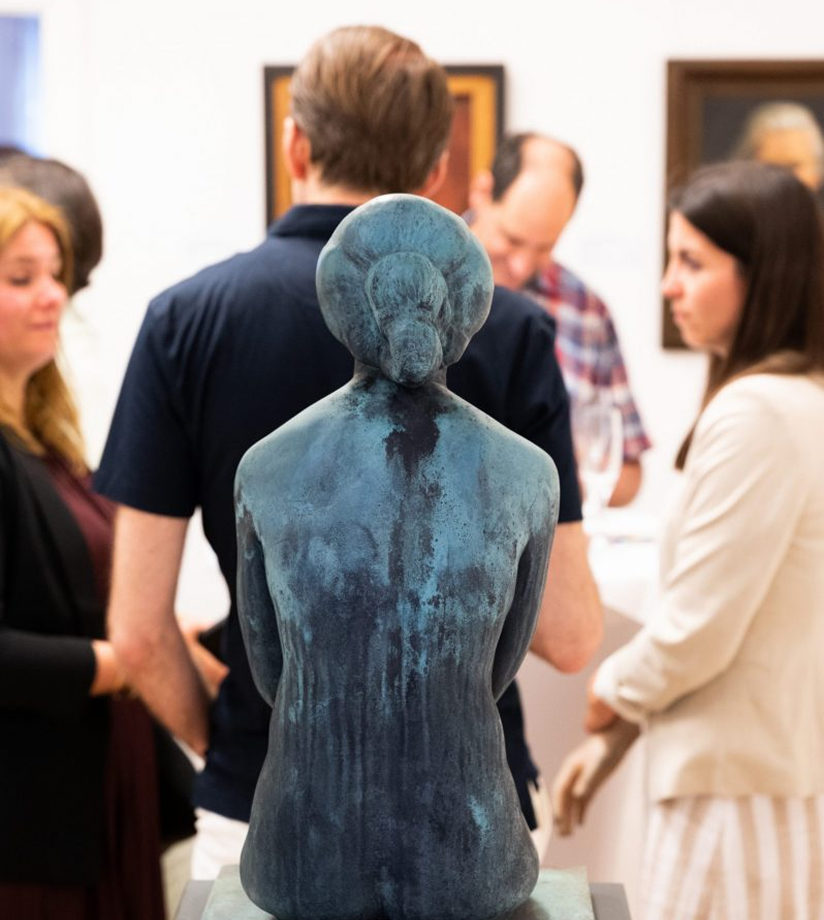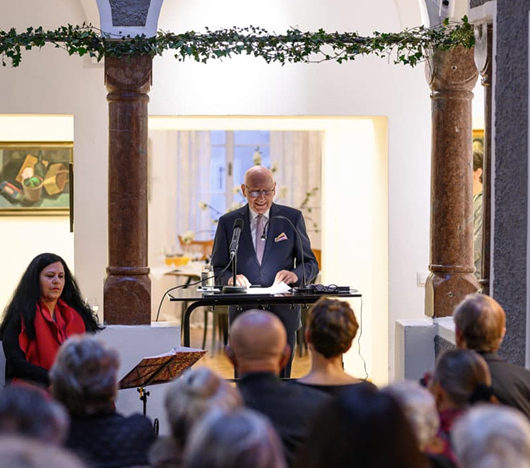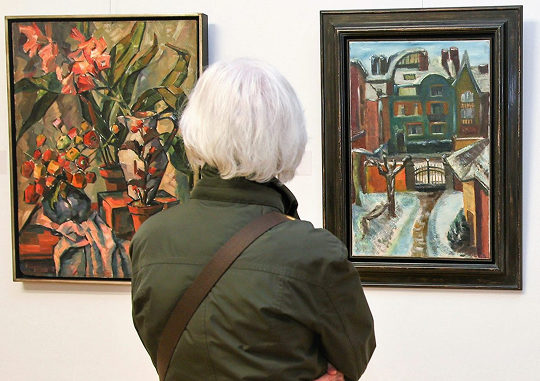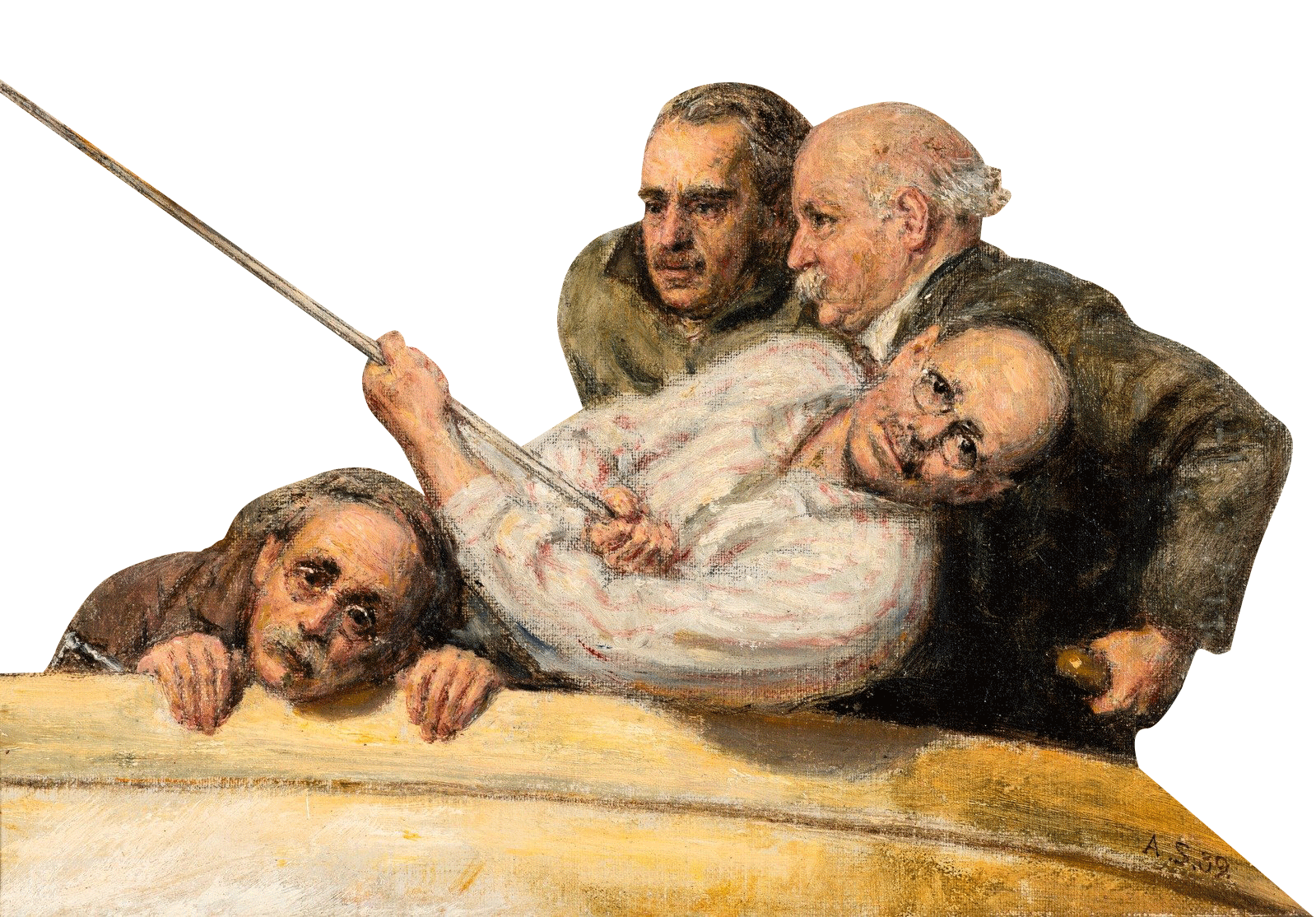
The lost generation?
The Lost Generation comprises artists of the 20th century whose lives and work were shaped by National Socialism. They lived in a state of tension between exclusion and pressure to conform. Those who did not fit into the fascist worldview due to their origin, attitude or artistic style were systematically censored, expelled or murdered. Founded by Holocaust survivor Prof. Dr Heinz R. Böhme, this non-profit museum preserves, researches and communicates the visibility of this generation.
Works & Artists
Donations
Donations are a valuable contribution to the expansion of the collection, the museum and its exhibitions. They enable us to conduct academic research on previously unknown artists of the Lost Generation, to offer their works a public space and to preserve their artistic heritage for the future.
We would like to thank all previous donors whose generosity has enriched the cultural memory of the artists of the Lost Generation. If you would also like to donate a work or an estate, we would be delighted to hear from you – and invite you to become part of this important task with your donation.
Loans
Are you planning an exhibition and looking for special works to enrich your show? Let us bring history to life together – in your exhibition.
The Museum of Lost Generation Art is happy to make selected works from its collection available on loan for external exhibitions. Works from the Böhme Collection are regularly featured in exhibitions at other museums and institutions. If you are interested in requesting a loan, please contact us by email. We will advise you individually and support your exhibition projects with scientific expertise and curatorial experience.
Offers
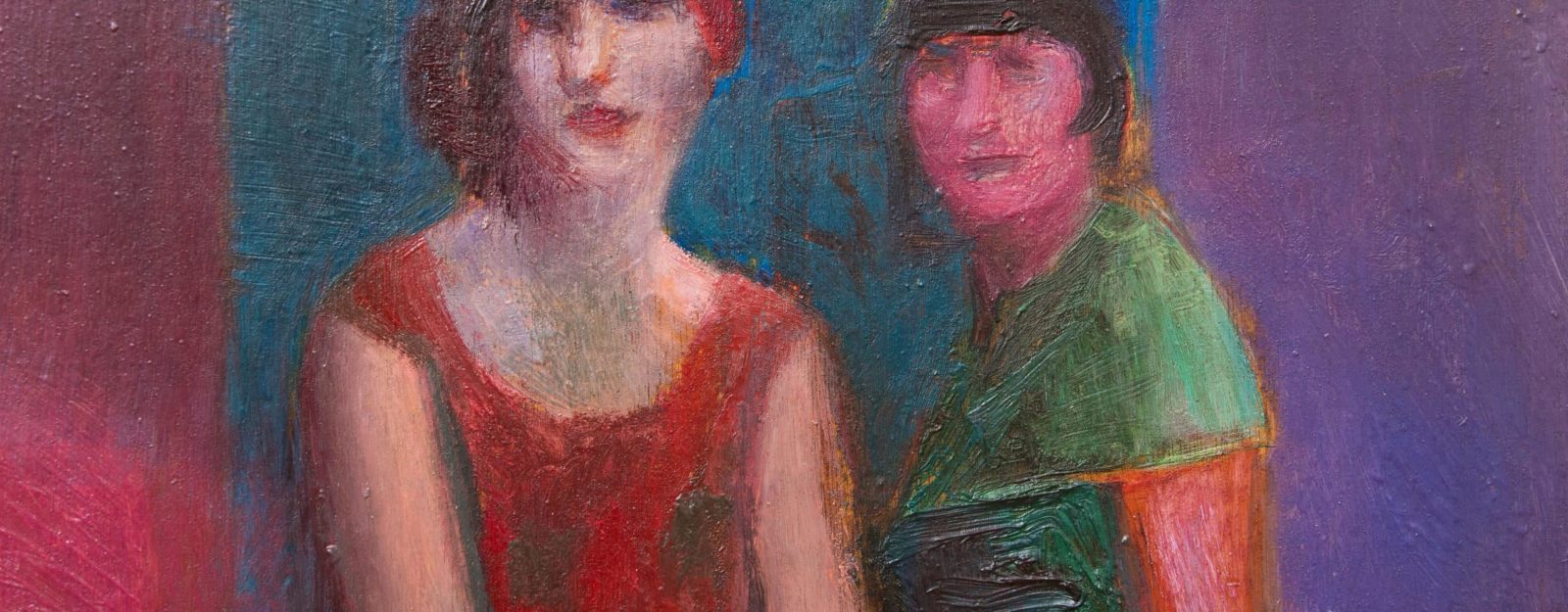
Would you like to offer a work of art for sale to the museum?
The Museum of Lost Generation Art is constantly striving to expand and complete its collection. If you own a work of art that fits in with the thematic or historical focus of our collection, we would be delighted to hear from you. As a non-profit museum with limited financial resources, we carefully consider every offer within the scope of our possibilities. Please use our online form to submit your offer.
Link to the page: The Museum to the section Artists and Works
Browse through our Onlineshop
-

Die Nachtigall
14,40 €inkl. MwSt.
zzgl. Versandkosten
In den Warenkorb -
Sale!

Ausstellungsbroschüre
Original price was: 9,00 €.5,00 €Current price is: 5,00 €.inkl. MwSt.
zzgl. Versandkosten
In den Warenkorb -
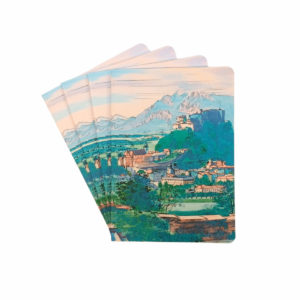
Notizbuch "Salzburg"
10,00 €inkl. MwSt.
zzgl. Versandkosten
In den Warenkorb -
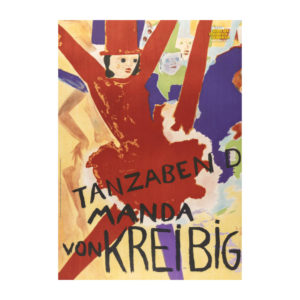
Plakat Klein - Tanzabend Manda von Kreibig
12,00 €inkl. MwSt.
zzgl. Versandkosten
In den Warenkorb
Link to the page: The Museum to the section Artists and Works



